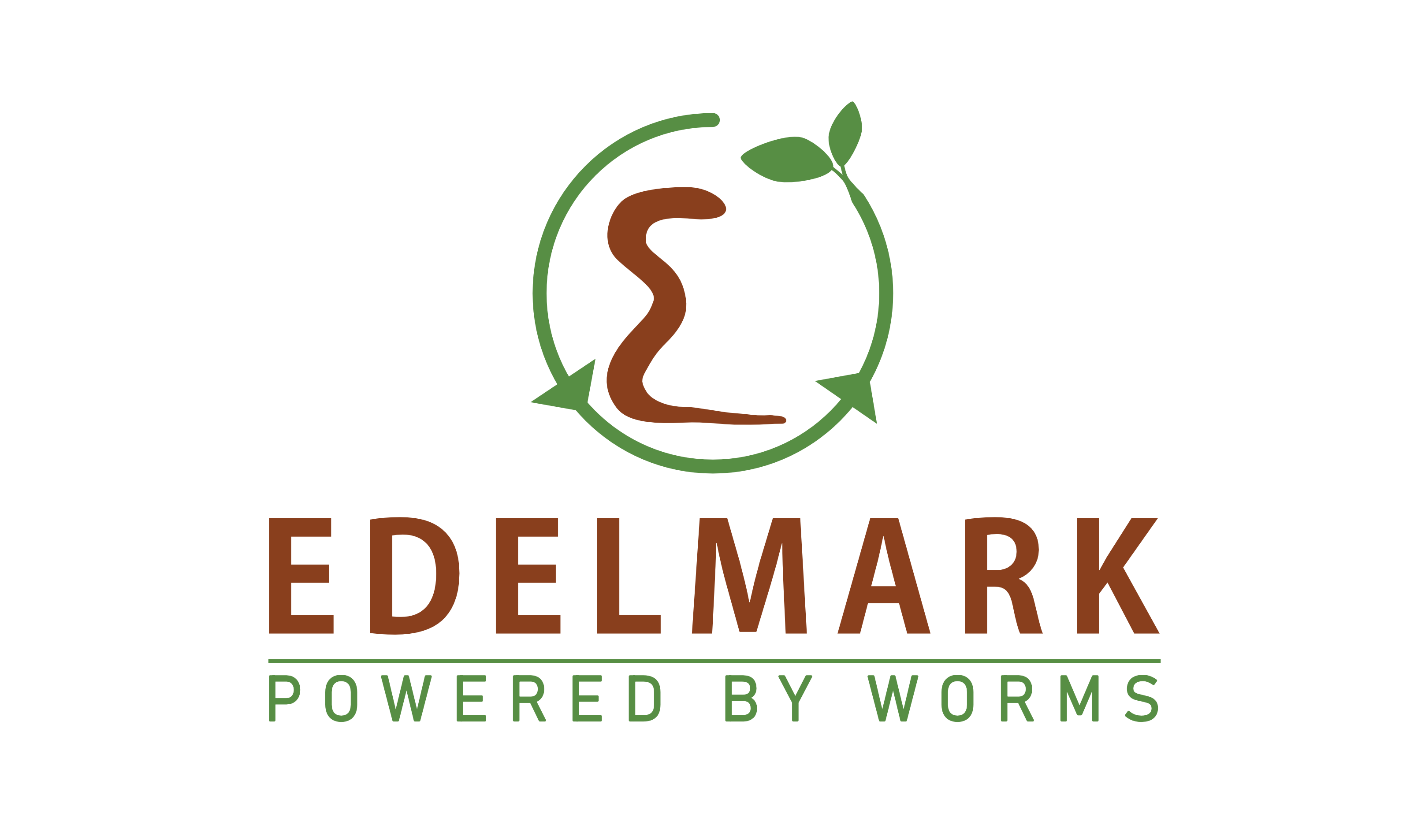How to vermicompost
One of the currently applied methods to manage organic wastes and produce compost is the use of composting earthworms. Like the usual composting, vermicomposting can also be undertaken in a small and/or large scale.
Especially, small-scale vermicomposting can be a cheap and environmentally friendly solution to produce fertilizer from organic wastes produced from households and related places.
By employing techniques of vermicomposting, the conversion of such organic wastes in to valuable resource, takes only between two and three months.
Vermicompost produced from food waste is proven to be highly nutritious and beneficial to the growth of plants. Like composting there are some optimal and effective conditions that we need to take care of for successful vermicomposting. These include bedding material, food source, moisture content, ventilation, and protection from extreme weather conditions.
Bedding is one of the most fundamental components in dealing with small scale vermicomposting. It is a place where the earthworms ‘’live’’ and helps to maintain the balance of air and water. Bedding material should have high absorbency quality, access to enough air, and high carbon to nitrogen ratio.
In relation to food Source, we need to understand that compost Earthworms can eat a lot. Under optimal conditions, these earthworms (especially Eisenea feitida) have a potential to eat up to their own body weight per day. Naturally, compost earthworms eat almost all organic material derived from animals or plants, but they prefer some foods to other types. However we have to avoid organic wastes including those containing too much fat, milk and milk products, meat, oil, etc.
Moisture content is one of the most important factors in vermicomposting. Low moisture content (below the minimum moisture requirement) in the system can be dangerous for these animals. Accordingly, the bedding material should be able to keep sufficient moisture if earthworms should have a hostile environment in the system.
The ideal moisture content for vermicomposting process is 60 to 80%. Control of the temperature within the range of earthworms’ tolerance is also very essential for both vermicomposting process and the organisms. Compost Earthworms are vulnerable to extreme high and low temperatures. Ideal temperature conditions for vermicomposting are between 15 to 30 degrees.

